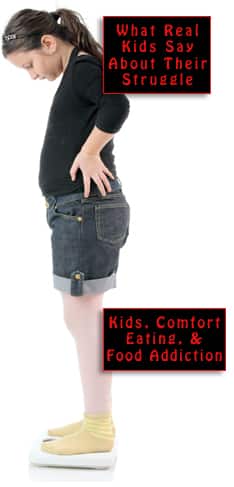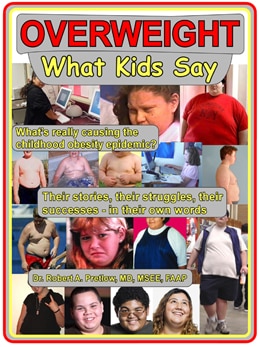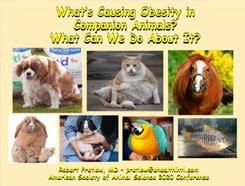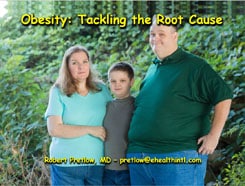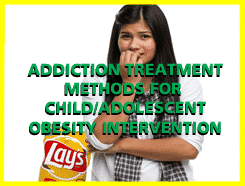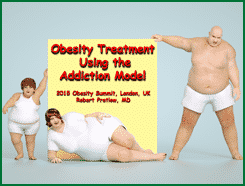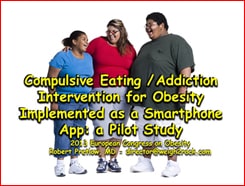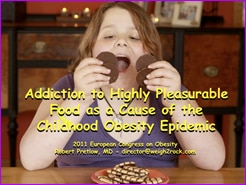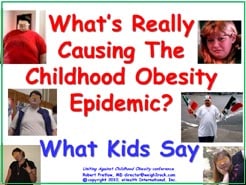Oprah Through the Years, Part 1

The entire world is familiar with Oprah Gail Winfrey’s early biography. Born in the deep South; constantly shuttled from one relative to another; abused, molested, and impregnated as a child; a bereaved mother herself at age 14…
This all seems like the standard first chapter in a sordid tale of ruin. But no. Somehow, this extraordinary woman became a media professional before age 20, won awards for both her beauty and her brains, and went on to earn for herself a long list of descriptors that included the word “first” or the word “only.”
In 1986, she was nominated for both an Oscar and a Golden Globe for her performance in the role of Sofia in The Color Purple. The press mentioned her hefty figure as often as her multiple talents. In the mid-eighties, her weight often topped 200 pounds, and TV fans adored her.
The Oprah Winfrey Show, which had begun as a tabloid-type production, evolved into a venue for more serious topics. Some criticized the host for giving a platform to medical professionals with less-than-stellar credentials, while others admired her taste in literature. In any case, she became a trendsetter of unrivaled influence.
The big oops
In 1988, after existing for four months on a liquid protein diet and losing 67 pounds, Oprah acquired the equivalent number of pounds of animal fat and loaded it on a little red wagon. Wearing size 10 designer jeans and a form-fitting top, she pulled the wagon out onto the stage to graphically illustrate just how much of her former self no longer existed. The jeans were legit — her own pair that had actually been worn back in her Baltimore show-biz days.
It was an audacious stunt, but one that she later came to regret. In a 2005 interview, the star admitted, “Two hours after that show, I started eating to celebrate. Of course, within two days those jeans no longer fit!”
The episode was incredibly popular with audiences everywhere, but a few months later, Oprah had to admit that she had regained almost 20 of those pounds, and as time passed, the situation became much worse.
Years later, in a 2005 interview, she acknowledged what an embarrassing gaffe the stunt had been — “my biggest, fattest mistake.” Fat had become her trademark, a combination of a curse and a blessing. On the plus side, she was doing what she has always done best — looking after other people. She recalled the red wagon fiasco, using the ineradicable memory to grab attention for her current charity fundraising:
Winfrey has released a six-disc DVD collection of her biggest moments and interviews during the past 20 years of her show, with net profits going to Oprah’s Angel Network, a charitable foundation dedicated to helping educate and advance women and children around the world.
The more things change, the more they stay the same
Weight remained both a personal and a public issue. Many fans unburdened themselves by writing to Oprah, including a trio of young girls who appeared on the show along with their mothers, these live appearances presented along with candid films of moments in their daily lives.
According to the written description of the episode,
The children and their mothers address the emotional roadblocks that contribute to childhood obesity. By providing solutions, rather than showcasing problems, the show hopes to use the power of broadcasting in a positive manner.
Overall, a useful service was being performed. Audiences were being enlightened and delighted. Thanks to Oprah Winfrey, millions of Americans were learning things about which they might never have become aware, including the fact that a woman can be intelligent, talented, philanthropic, beautiful, successful, and overweight — all at the same time. Meanwhile, fate had something wonderful in store for the star.
(To be continued…)
Your responses and feedback are welcome!
Source: “The Stars of The Color Purple, Past and Present,” OprahDaily.com, 12/15/23
Source: “Oprah’s ‘Fattest’ Mistake,” CBSNews.com, 11/16/05
Source: “Oprah’s Top 20 Moments,” Oprah.com, October 2005
Source: “Oprah Winfrey laments her ‘biggest mistake,’” TODAY.com, 11/15/05
Source: “On abandoning ‘fattertainment’: Why the way we talk about childhood obesity matters,” Salon.com, 03/22/24
Image by get everwise/Attribution-ShareAlike 2.0 Generic










 FAQs and Media Requests:
FAQs and Media Requests: 